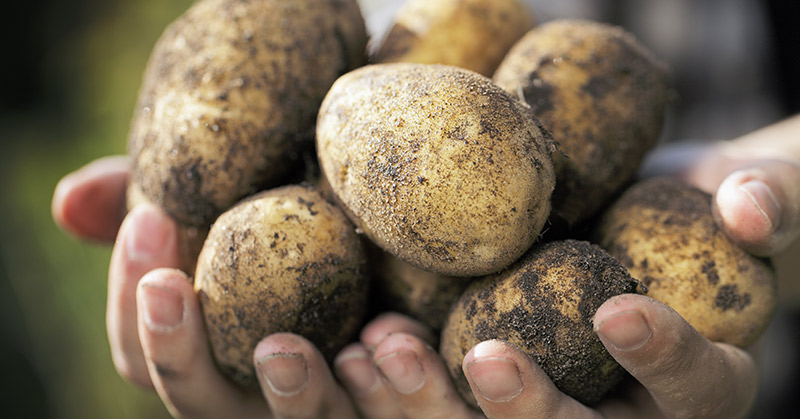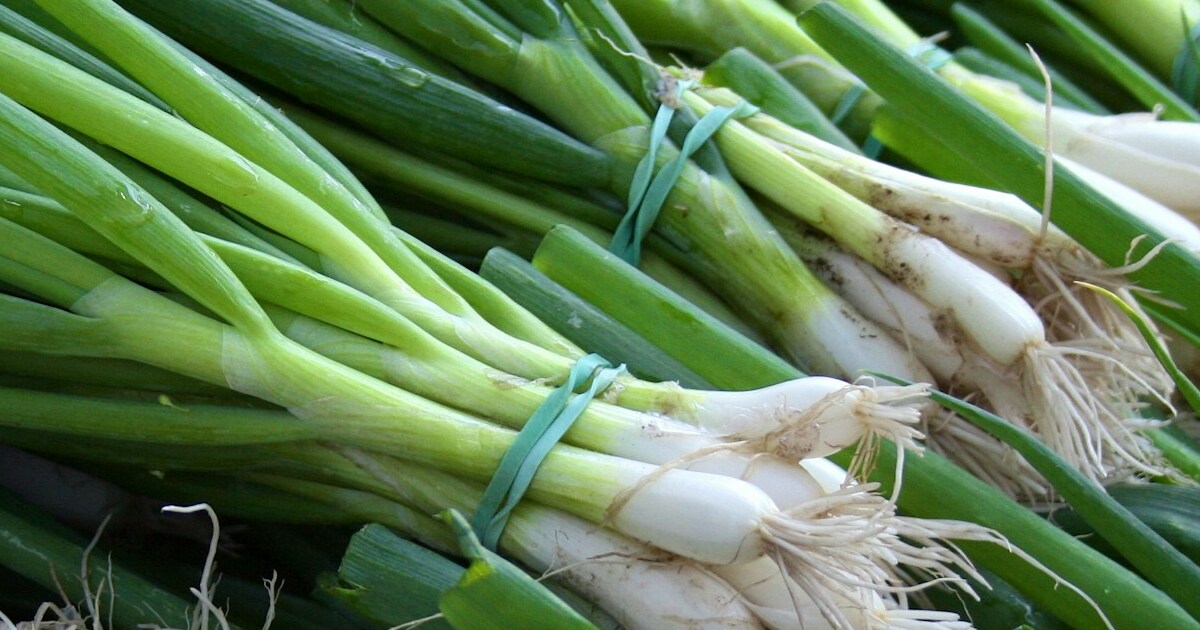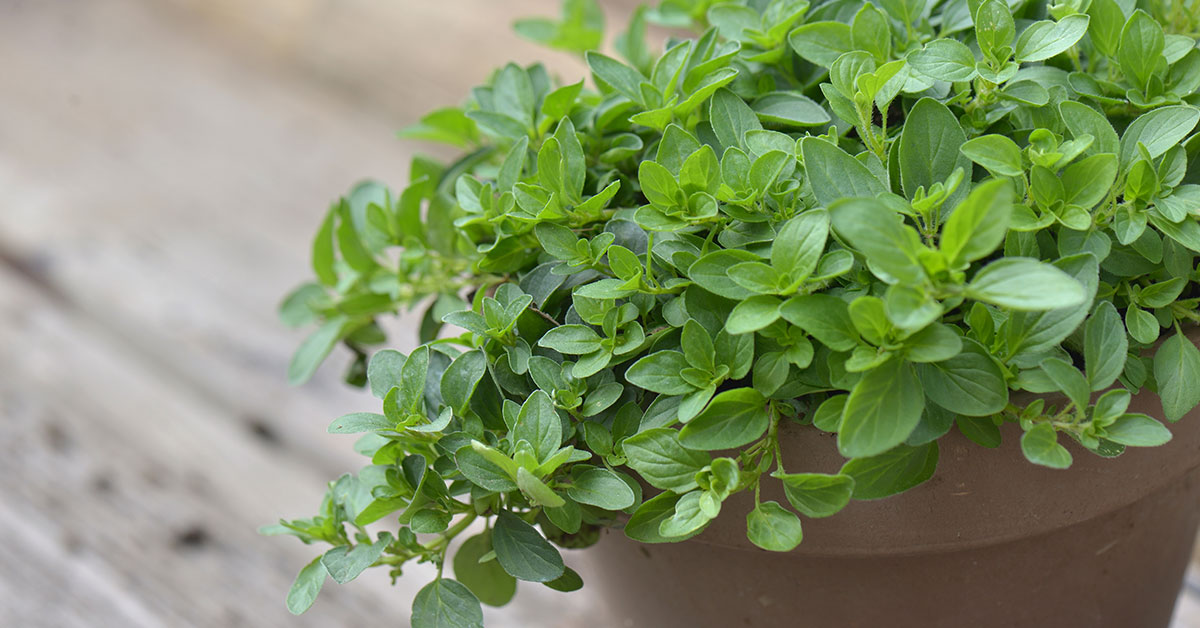Growing your own vegetables to supply your family’s needs for an entire year is a fulfilling and practical goal. It involves careful planning, understanding yields, and knowing your family’s consumption habits. For a family of four, this means calculating the amount of each vegetable you will need and ensuring you plant enough to meet those needs throughout the year.
It’s amazing to think that with some planning and dedication, your garden can provide a significant portion of your family’s food. Let’s explore how many of each vegetable you need to plant to ensure a plentiful and continuous harvest.
Tomatoes
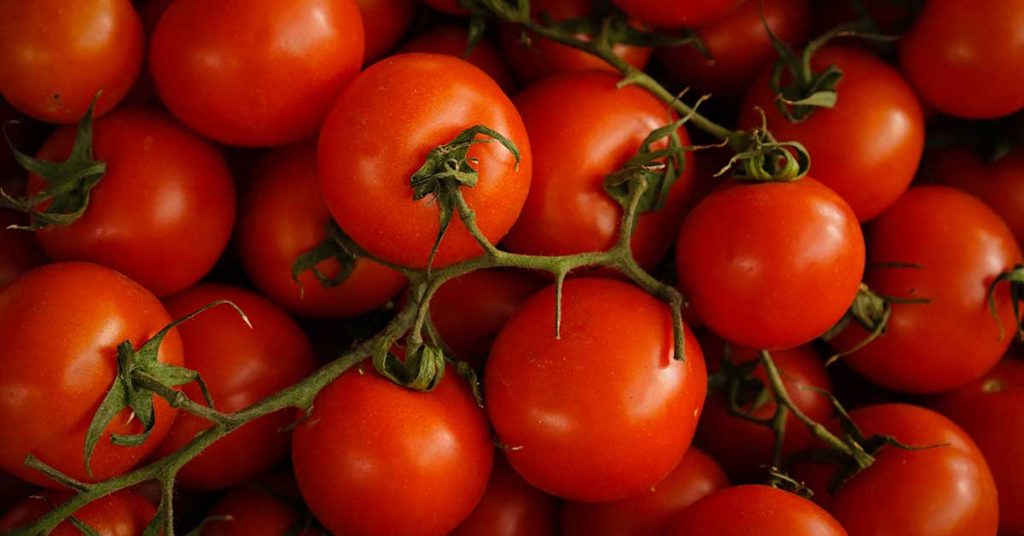
Tomatoes are incredibly versatile and a favorite in many households. A single tomato plant can yield about 10-15 pounds of fruit in a growing season. For a family of four, aiming for around 100-120 pounds of tomatoes per year is reasonable, which means you’ll need approximately 8-12 plants.
One of the great things about tomatoes is their adaptability to different preservation methods, such as canning, freezing, and drying. By choosing a mix of determinate and indeterminate varieties, you can enjoy a steady supply of fresh tomatoes and have plenty for sauces, salsas, and other preserves.
Carrots
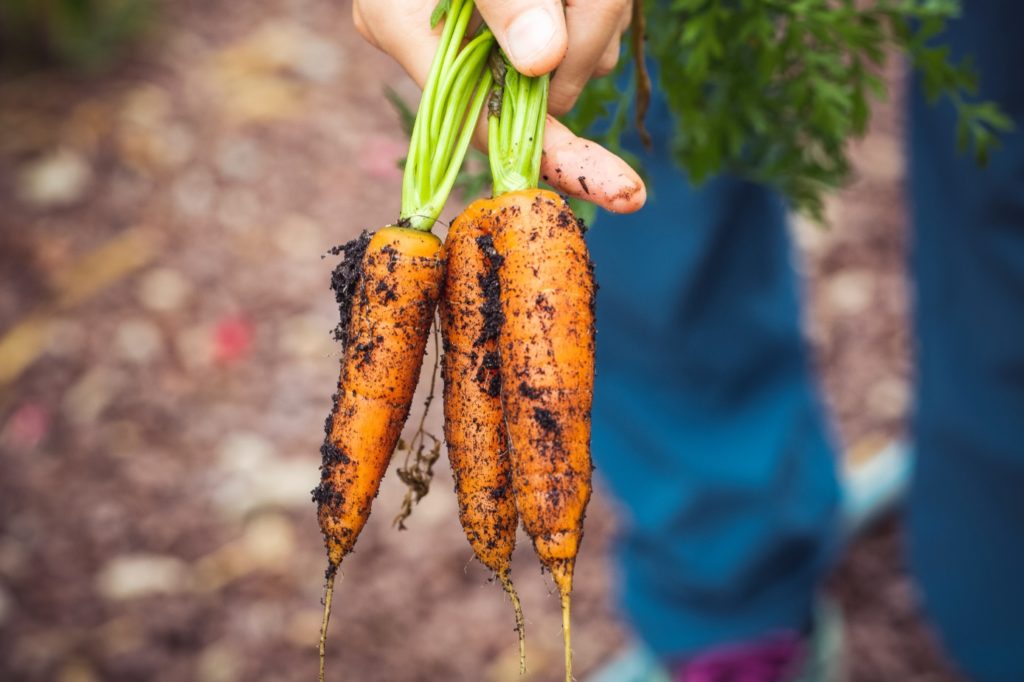
Carrots are a nutritious root vegetable that stores well. Typically, each carrot plant yields about 1 pound of carrots. For a family of four, you’ll want to harvest around 100 pounds of carrots annually, which translates to planting about 100 carrot plants.
Carrots can be grown in succession throughout the season, ensuring a continuous supply of fresh roots. They are excellent for fresh eating, cooking, and even juicing. Their long storage life means you can enjoy them well into the winter months if stored properly in a cool, dark place.
Green Beans
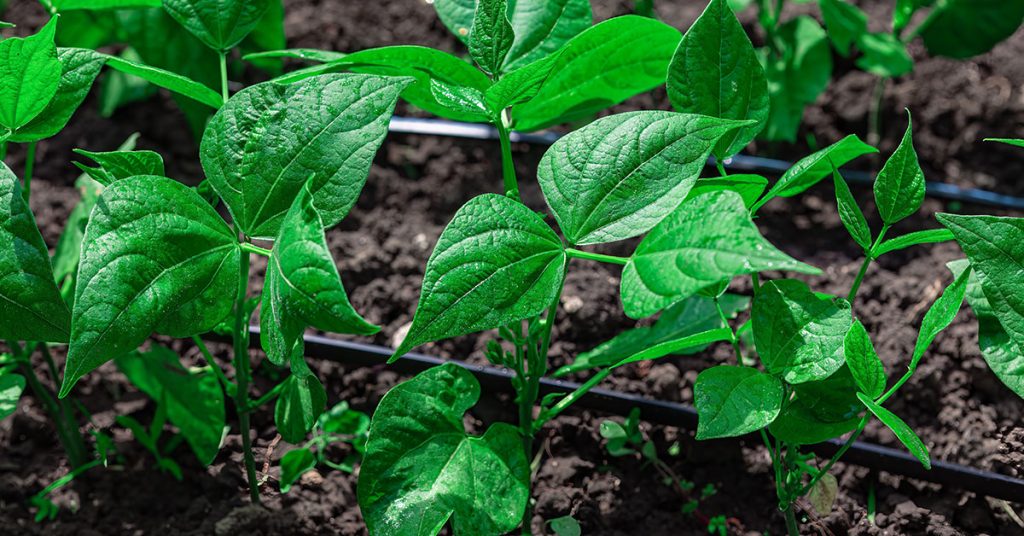
Green beans are prolific producers. Each plant yields approximately 1/2 pound of beans over its growing season. To provide a year’s supply for a family of four, you would need about 60 pounds of green beans, which means planting around 120 plants.
Green beans can be eaten fresh, frozen, or canned, making them a versatile addition to your garden. Opt for both bush and pole varieties to extend your harvest period. Bush beans provide a quicker yield, while pole beans continue producing over a longer period.
Potatoes

Potatoes are a hearty staple in many diets. On average, each potato plant can produce 5-10 pounds of potatoes. For a family of four, you’ll need around 300-400 pounds of potatoes for the year, which equates to planting about 40-80 plants.
Growing potatoes can be particularly rewarding, and they store well for several months in a cool, dark place. They are incredibly versatile, suitable for everything from mashed potatoes to fries, making them an essential crop for any self-sufficient garden.
Peppers
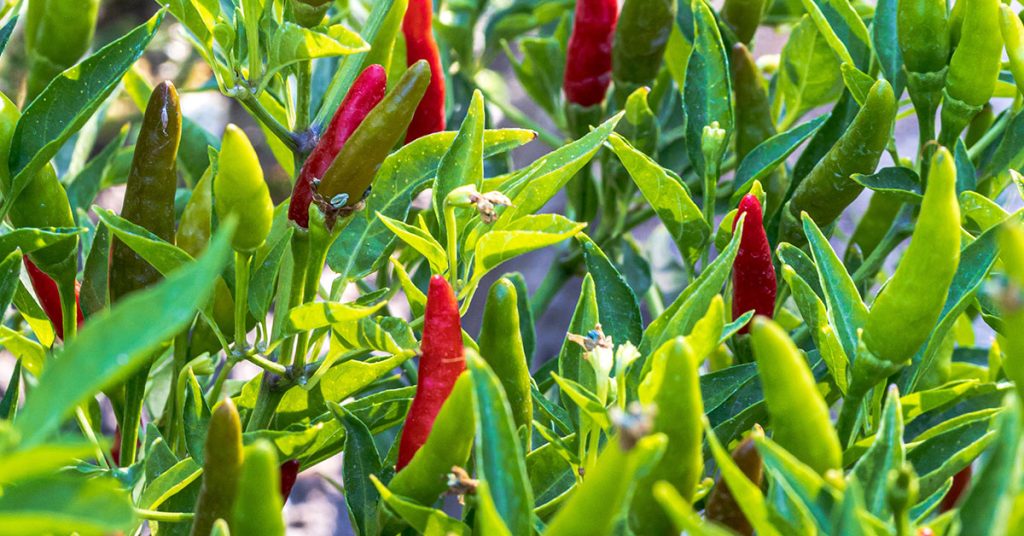
Peppers, whether sweet or hot, are garden favorites. Each pepper plant typically yields about 5-10 peppers, translating to roughly 2-3 pounds per plant. For a family of four, aiming for around 40-50 pounds of peppers per year means planting about 15-20 plants.
Peppers can be used fresh, frozen, or dried, and their versatility in the kitchen makes them indispensable. They thrive in warm conditions and can continue producing fruit throughout the growing season if properly cared for and harvested regularly.
Cucumbers
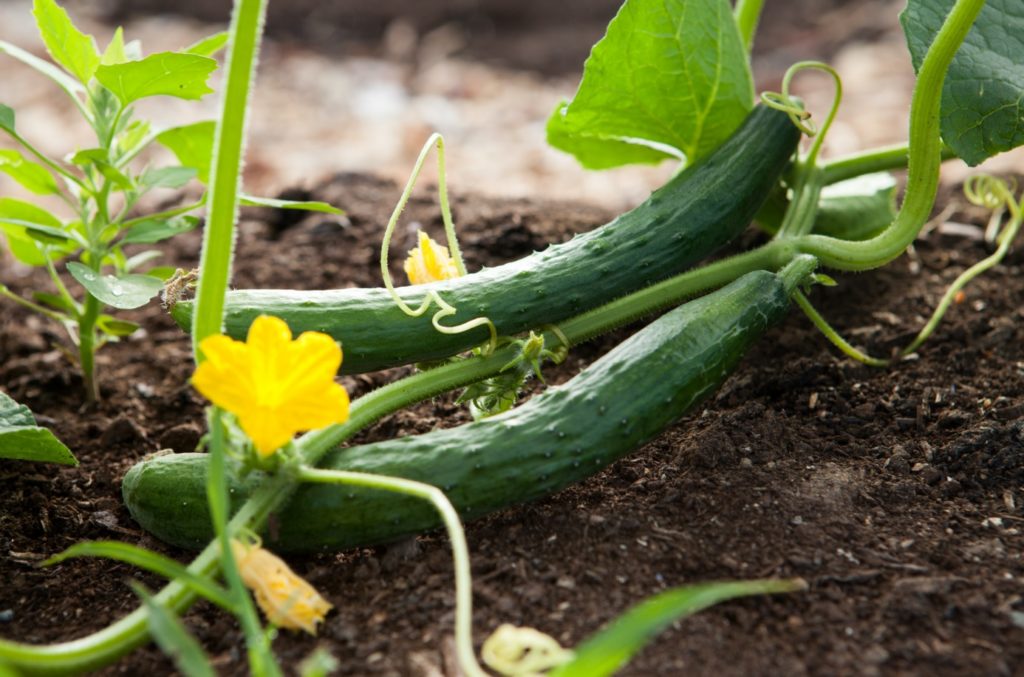
Cucumbers are excellent for fresh eating and pickling. A single cucumber plant can yield about 10-15 pounds of cucumbers. For a family of four, you’ll need around 60-75 pounds of cucumbers per year, which means planting about 6-8 plants.
Cucumbers grow rapidly and can be quite prolific if given the right conditions. They thrive in warm weather and require plenty of water. Consider planting both slicing and pickling varieties to enjoy fresh cucumbers and homemade pickles.
Zucchini
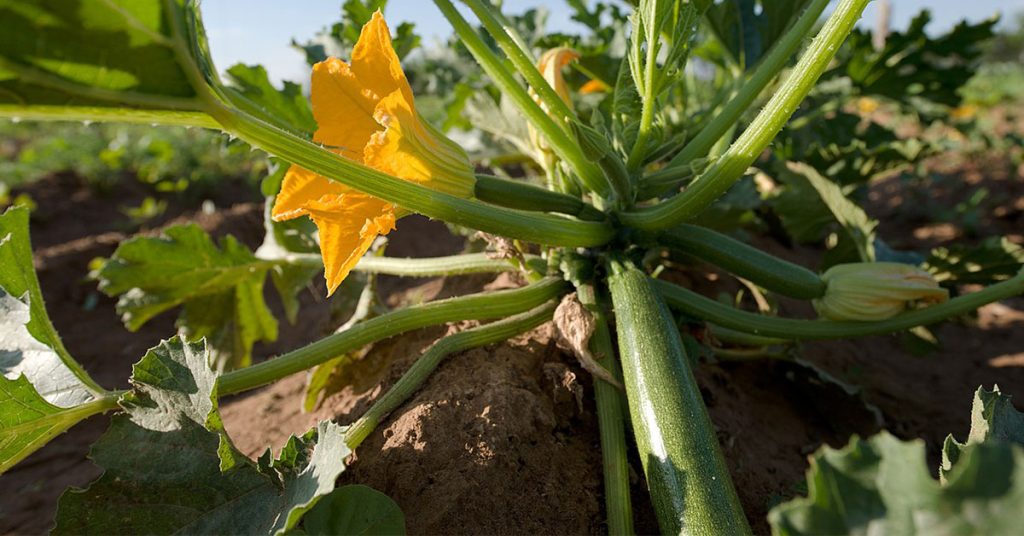
Zucchini is known for its abundant yield. Each plant can produce about 10-20 pounds of zucchini. For a family of four, around 50-60 pounds of zucchini per year is a good target, requiring about 3-5 plants.
Zucchini is incredibly versatile and can be used in numerous dishes, from grilling to baking. It’s also great for freezing and making zucchini bread. Keep an eye on the plants, as they can produce a lot of fruit in a short period.
Onions
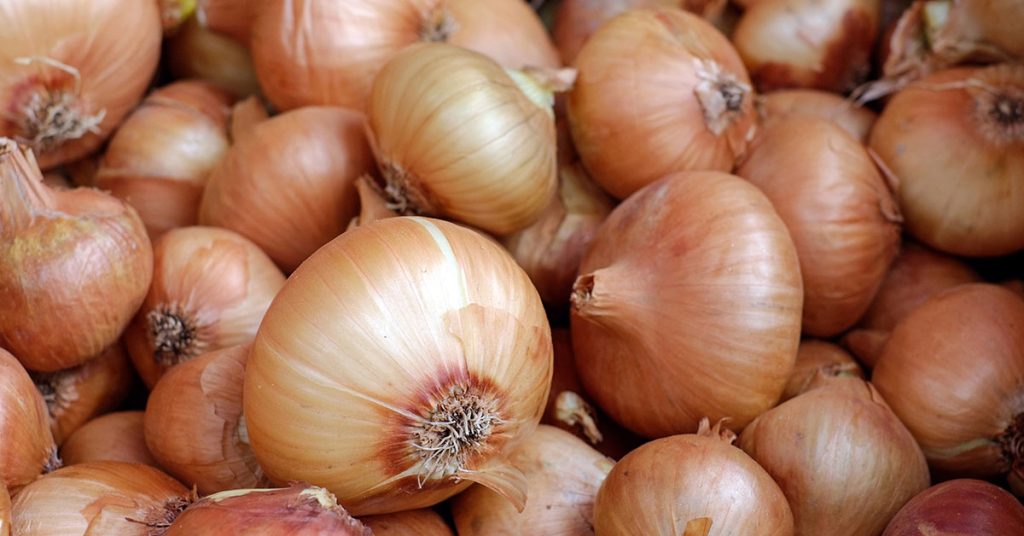
Onions are a kitchen staple that store well. Each onion plant typically yields one onion, and you can expect to need about 200-300 onions for a family of four for a year. This means planting 200-300 onion sets.
Onions are relatively easy to grow and can be harvested at different stages for various uses. They store exceptionally well in a cool, dry place, ensuring you have a supply of onions well into the winter months.
Lettuce
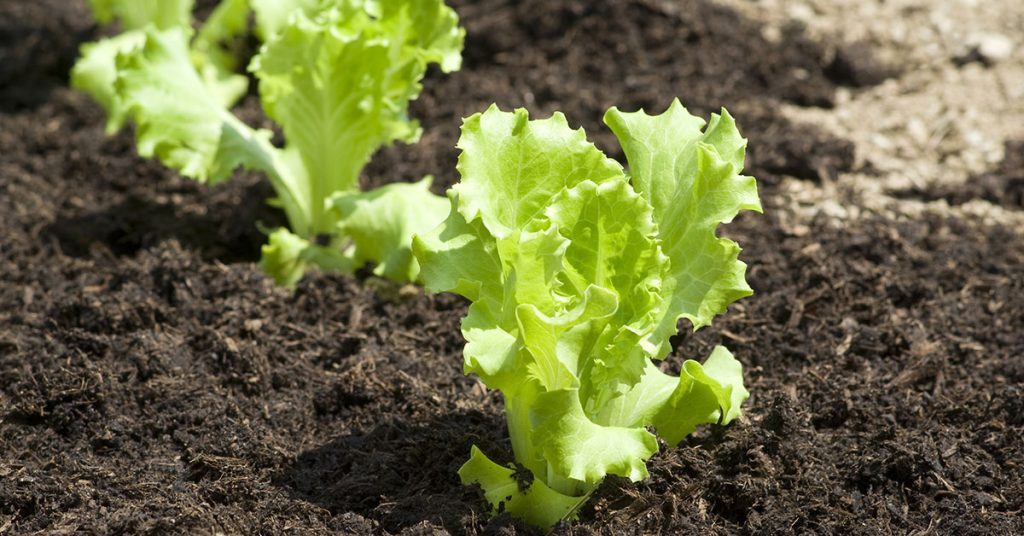
Lettuce is a quick-growing leafy green that can be harvested multiple times. Each plant can yield about 1/2 pound of lettuce over its growing season. For a family of four, aiming for around 50 pounds of lettuce per year means planting about 100 plants, using succession planting for continuous harvests.
Lettuce varieties are plentiful, including loose-leaf, romaine, and butterhead types. Growing a mix of these can ensure a variety of flavors and textures in your salads throughout the year. Succession planting every few weeks is key to a steady supply.
Spinach
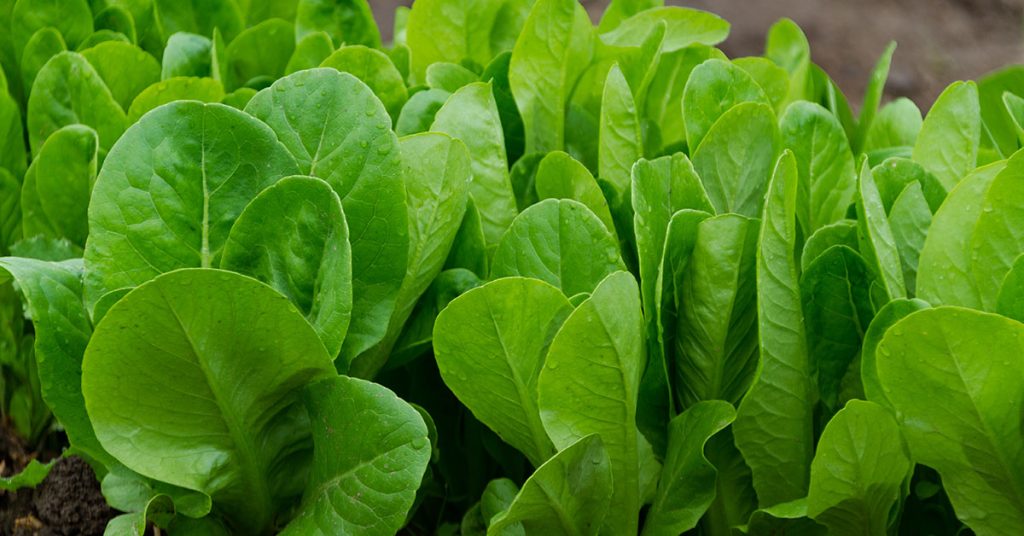
Spinach is a nutrient-dense green that grows quickly. Each plant can yield about 1/2 pound of spinach. For a family of four, you’ll need around 40-50 pounds of spinach per year, which translates to planting about 80-100 plants.
Spinach can be grown in both cool and warm seasons, providing an extended harvest period. It’s perfect for fresh salads, cooking, and freezing. Regular harvesting of the outer leaves encourages continued growth and production.
Broccoli
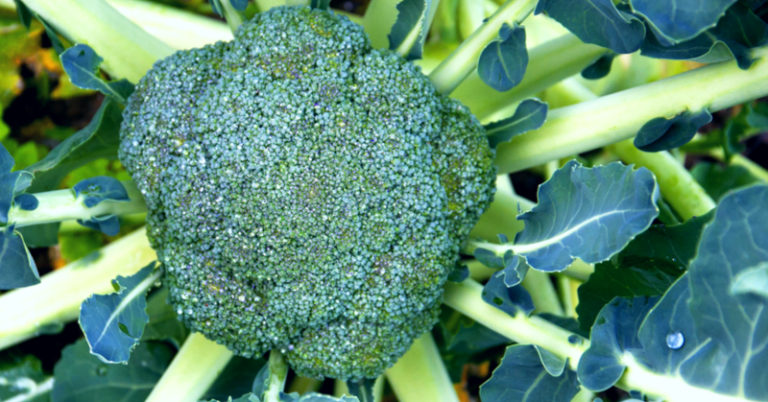
Broccoli is a cool-season crop that produces heads followed by side shoots. Each broccoli plant can yield about 1-2 pounds of broccoli. For a family of four, aiming for around 40 pounds of broccoli per year means planting about 20-30 plants.
Broccoli is excellent for fresh eating, steaming, and freezing. After harvesting the main head, the plant often produces smaller side shoots, extending the harvest. Planting in both spring and fall can ensure a continuous supply throughout the cooler months.
Cabbage
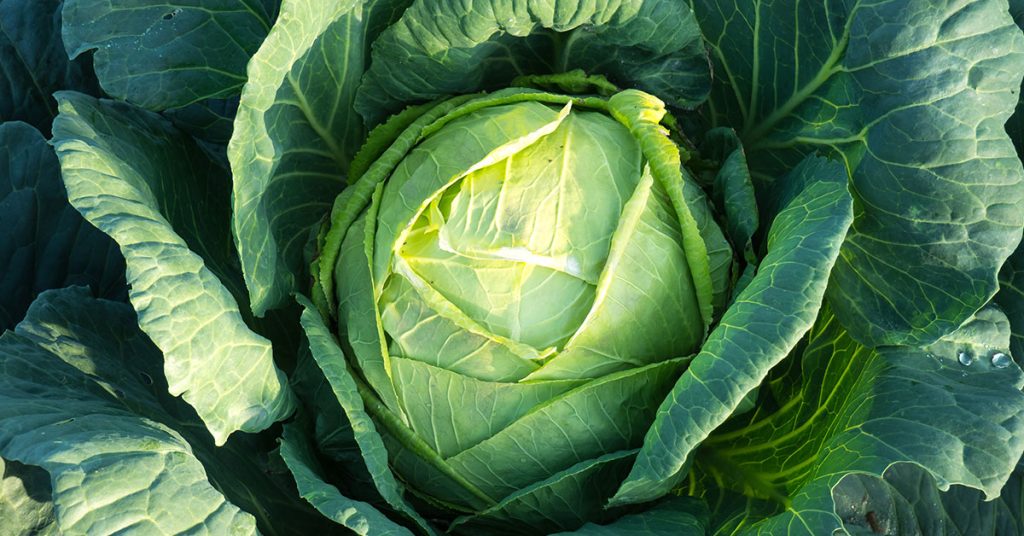
Cabbage is a versatile vegetable that stores well. Each cabbage plant produces one head, weighing around 2-4 pounds. For a family of four, you’ll need about 50-60 pounds of cabbage for a year, which means planting around 15-20 plants.
Cabbage can be used fresh in salads, cooked in various dishes, or fermented into sauerkraut. It stores well in a cool place for several months, making it a valuable addition to your garden. Growing both early and late varieties can extend your cabbage harvest season.
Peas
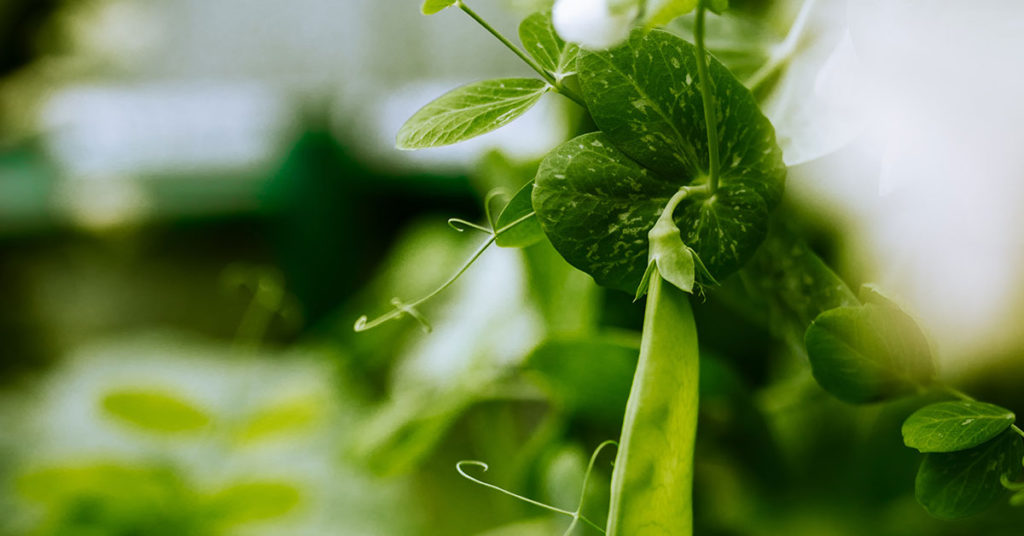
Peas are a delightful early-season crop. Each pea plant can yield about 1/2 pound of peas. For a family of four, aiming for around 30 pounds of peas per year means planting about 60 plants.
Peas are great for fresh eating, freezing, and adding to various dishes. They thrive in cooler weather and can be one of the first crops to be planted and harvested in the spring. Succession planting can help extend the harvest period.
Garlic
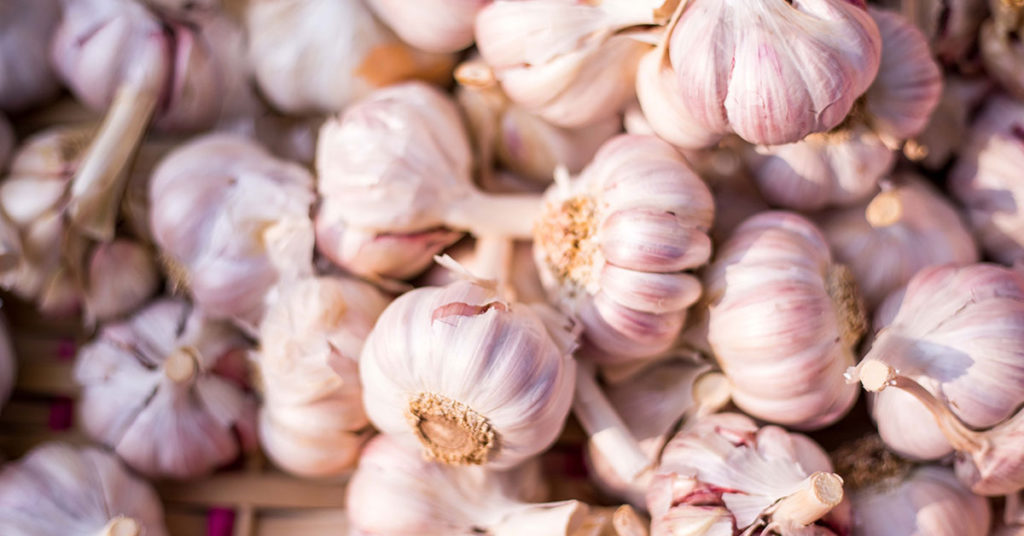
Garlic is an essential kitchen staple that’s easy to grow and stores well. Each garlic clove planted will yield one bulb, typically weighing about 2-3 ounces. For a family of four, you’ll need around 50-60 bulbs of garlic for a year, which translates to planting 50-60 cloves.
Garlic is planted in the fall and harvested the following summer. It’s a low-maintenance crop that’s incredibly rewarding. Properly cured garlic can last for several months, providing a steady supply for your culinary needs.
Sweet Corn
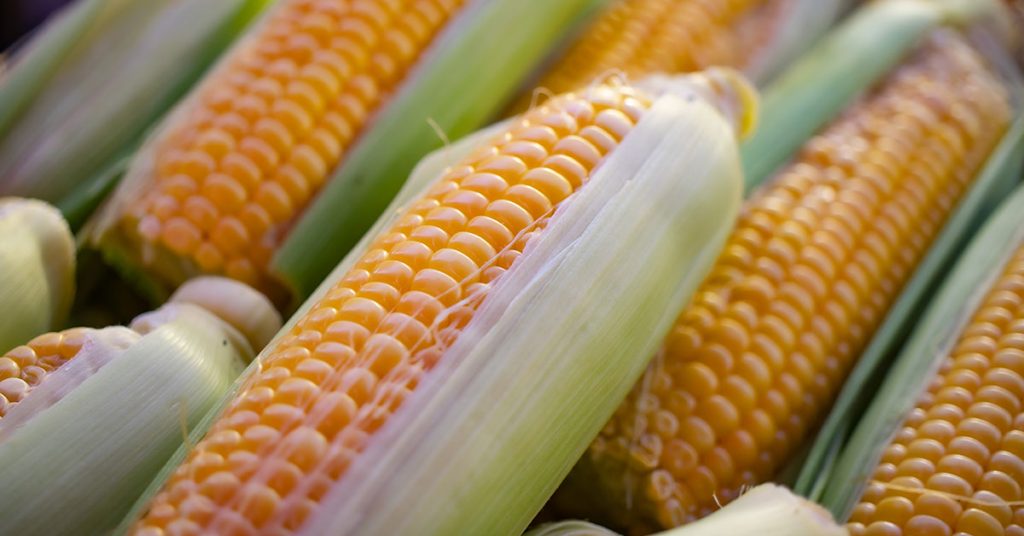
Sweet corn is a summertime favorite. Each corn stalk typically produces 1-2 ears of corn. For a family of four, aiming for around 100 ears of corn for a year means planting about 50-100 plants, depending on how much you enjoy fresh corn.
Corn requires a bit of space and grows best in blocks rather than rows to ensure proper pollination. It’s fantastic for fresh eating, freezing, and even canning. Enjoying homegrown sweet corn is a summer highlight that’s worth the effort.
